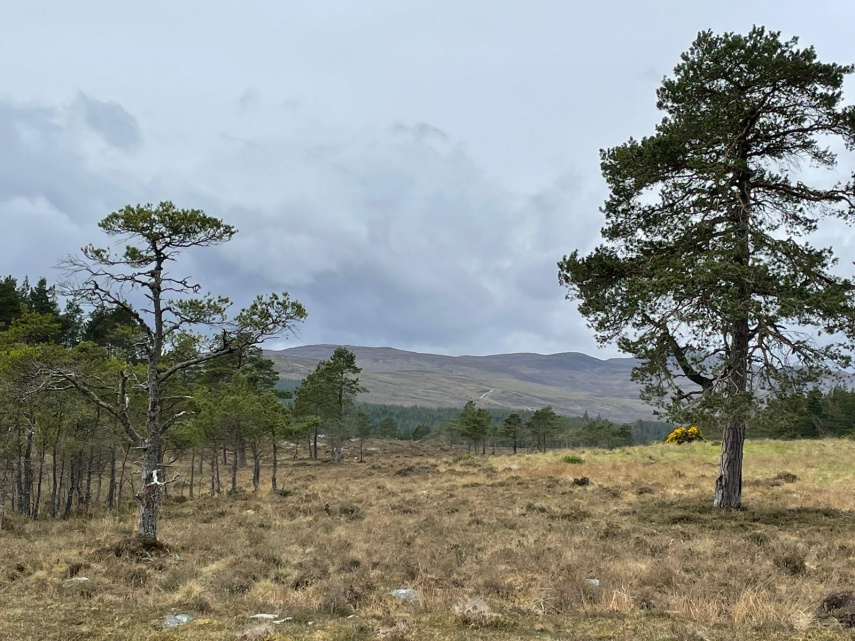
Who Owns Natural Capital?
Dr Jill Robbie
In our latest blog, Dr Jill Robbie – Senior Lecturer in Private Law, University of Glasgow – reflects on the most recent discussion of the Land and Human Rights Forum (LAHRAF), exploring the concept of ownership as it relates to natural capital.
‘Natural capital’ is a phrase which has become very popular in Scotland recently. The Scottish Land Commission has defined natural capital as “the renewable and non-renewable stocks of natural assets, including geology, soil, air, water and plants and animals that combine to yield benefits to people.” The Scottish Government is committed to establishing a values-led, high integrity market for responsible investment in natural capital and has issued Interim Principles for such investment. Natural capital markets are intended to incentivise private actors to fund necessary land use change which delivers positive environmental outcomes. A key question which has arisen in relation to natural capital is that of ownership. Who owns natural capital?
One of the most developed natural capital markets in Scotland is the voluntary carbon market. The voluntary carbon market allows businesses to buy carbon units in order to offset their carbon emissions. The Woodland Carbon Code and the Peatland Code are the two existing standards through which verified carbon units can be generated. Landowners and developers can plant woodland or restore peatland which sequesters carbon or reduces emissions in accordance with these codes to generate carbon units, with each unit representing one tonne of CO2. Carbon units can then be sold through the UK Land Carbon Registry.
Who has the right to profit from these carbon projects?
In theory, a landowner owns their land from the heavens to the centre of the Earth. This means that ownership of the ground includes ownership of the airspace above the land as well as the soil and anything which has attached to the land such as hedgerows or trees. However, this does not mean that the landowner owns everything which is present on or moving through their land. Wild animals which are flying, running or crawling over the land are ownerless. Water flowing through the land is also not owned by the landowner, but is a communal thing – meaning that it is outwith ownership and available for the use of everyone. Air, including CO2, circulating in the atmosphere is also a communal thing.
As a result, a landowner does not own the carbon which is in the air above her land. Nor does she have any particular right to the carbon which is inherent in her landownership. However, in order to implement a carbon project for the purpose of the Woodland Carbon Code or the Peatland Code, the consent and commitment of the landowner is necessary. Therefore, the landowner has a key role in being able to consent to carbon projects and benefit from carbon markets.
Land ownership is a controversial topic in Scotland and a large amount of rural land is held by a disproportionately small number of people. As carbon markets provide an additional source of income to landowners, there is a risk that further benefits are being channelled towards those who already own a significant amount of natural resources. This is particularly problematic when landowners and developers are provided with public grant funding in order to support activities which can generate carbon units. Carbon projects will be implemented within communities and will have long lasting impacts on the people and ecosystems in these areas. It is therefore crucial that the operation of carbon markets is designed so that communities are able to share in the benefits of these projects.
Land use change in order to tackle the twin crises of biodiversity loss and climate change undoubtedly needs to occur at both a fast pace and on a large scale. Private investors will be important in providing resources for this land use change and there should be incentives to encourage action. However, it is always important to consider the context within which natural capital markets are implemented. The context in Scotland is that land is unequally distributed and the benefits of natural capital markets should not exacerbate this existing inequality. Instead, everyone should benefit from the transition to a sustainable way of life.
I will explore this further in my upcoming Land Lines discussion paper with Dr Giedre Jokubauskaite, which will be published by the Commission next week, and at the 'Natural Capital and Land' event, 'The Carbon Rush: Understanding the role of carbon, offsetting and investing in the land market,' on 31 May.
